SUMMARY
This is AI generated summarization, which may have errors. For context, always refer to the full article.

CAGAYAN DE ORO, Philippines – Gone are the days when the best and the brightest were in the country’s education system, as many have left for high-paying jobs abroad, creating vacancies for permanent positions in state universities and colleges that are difficult to fill.
Although the Salary Standardization Law took effect four years ago, the four-tranche adjustment of salary schedules hardly made a dent in enticing professional educators to stay.
They continue to leave once a glimmer of hope for greener pastures comes their way.
Usually, licensed teachers as well as other professionals are assured of salaries five times higher than what they have here, Commission on Higher Education (CHED) Northern Mindanao director Freddie Bernal told an August 18 forum in Cagayan de Oro about the state of education in the Association of Southeast Asian Nations (ASEAN).
An Instructor 1 in state universities and colleges (SUC), accredited by CHED, gets a monthly salary of P29,165 (Salary Grade 12), while a Teacher 1 of the Department of Education receives P27,000 (Salary Grade 11), under this year’s fourth tranche. Both are subject to withholding taxes and mandated deductions.
Earlier this year, the Department of Budget and Management (DBM) posted a document online, detailing filled and unfilled plantilla items of various government agencies.
It showed, for instance, that the DepEd has 7,034 unfilled permanent positions out of the 1,004,992 approved and funded permanent items nationwide this year.
Across the 17 regions, CHED has 140 vacancies, while the Technical Education and Skills Development Authority (Tesda) needs to hire 938 more personnel this year, the DBM document showed.
Meanwhile, the eight state universities and colleges (SUCs) in Northern Mindanao need 623 qualified applicants to fill the vacancies. The following are the institutions and their corresponding number of vacancies:
- Mindanao State University-Iligan Institute of Technology: 232
- Bukidnon State University (Malaybalay): 132
- Northwestern Mindanao State College of Science and Technology in Claveria, Misamis Oriental: 104
- Central Mindanao University in Bukidnon: 87
- University of Science and Technology in Southern Philippines in Cagayan de Oro: 30
- Northern Bukidnon State College in Manolo Fortich, Bukidnon: 15
- Camiguin Polytechnic State College in Camiguin: 12
- USTSP-Claveria Campus, Misamis Oriental: 11
Bernal said teachers are among the professionals in the ASEAN who can move freely and work within the region to exercise their professions because of the Mutual Recognition Arrangement (MRA) forged 18 years ago.
Engineers, nurses, architects, physicians, dentists, accountants, and tourism professionals from Brunei Darussalam, Cambodia, Indonesia, Laos, Malaysia, Myanmar, Philippines, Singapore, Thailand, and Vietnam may seek jobs and work in any of the ASEAN-member countries.
Bernal said that aside from salaries, come-ons for educators and other professionals are career advancement opportunities, which their employers from host countries readily offer for those who deliver the goods.
He said teacher’s pay and career development remain top concerns and the country is trying to recover from being the region’s “educational hub” in the past.
“We’re the only country that gives free college education in state universities and colleges among ASEAN countries,” he said.
Bernal said subsidies are also being given based on the Universal Access to Quality Tertiary Education Act.
This year’s General Appropriations Act (GAA) includes P138.77 billion for higher education programs; P107.04 billion for SUCs and P31.73 for CHED. Part of the budget will fund the Universal Access to Quality Tertiary Education Program (UAQTE) with P45.80 billion.
Other educational programs are also allotted with necessary funding for 2023, such as the Student Financial Assistance Programs (P1.52 billion), which aim to provide scholarships and grant-in-aid programs to 21,053 student beneficiaries.
An earlier DBM statement showed a total of P500 million was set aside for the Medical Scholarship and Return Service Program to assist deserving medical students in pursuing education and training, in exchange for services rendered in public health offices or hospitals.
Some P167 million will subsidize the tuition of medical students in SUCs.
Public primary and secondary schools have free tuition. The 1935 Constitution provided for universal primary education, made free under the 1973 Constitution, while the 1987 Constitution extended free education to the secondary level.
Worldwide, 22 countries pay for tertiary education of their citizens, but none from ASEAN and the rest of Asia. – Rappler.com
Add a comment
How does this make you feel?
![[In This Economy] Is the Philippines quietly getting richer?](https://www.rappler.com/tachyon/2024/04/20240426-Philippines-quietly-getting-richer.jpg?resize=257%2C257&crop=194px%2C0px%2C720px%2C720px)
![[In This Economy] Can the PH become an upper-middle income country within this lifetime?](https://www.rappler.com/tachyon/2024/04/tl-ph-upper-income-country-04052024.jpg?resize=257%2C257&crop=295px%2C0px%2C720px%2C720px)

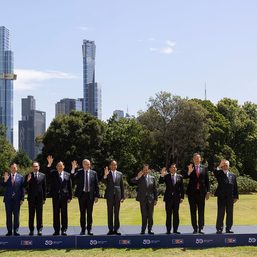
![[OPINION] Controversy over ASEAN’s ‘Swift’ week](https://www.rappler.com/tachyon/2024/03/tl-asean-swift-week.jpg?resize=257%2C257&crop=357px%2C0px%2C720px%2C720px)
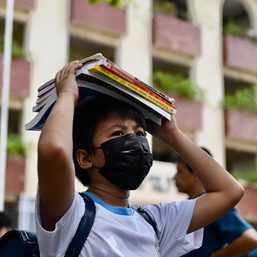
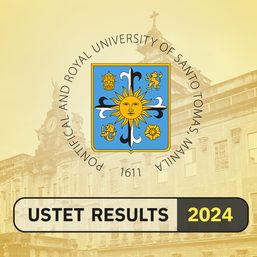
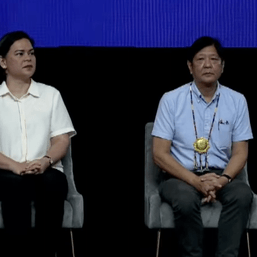
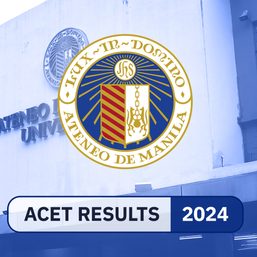
![[Time Trowel] Mentorship matters](https://www.rappler.com/tachyon/2024/04/mentorship-matters.jpg?resize=257%2C257&crop_strategy=attention)
There are no comments yet. Add your comment to start the conversation.